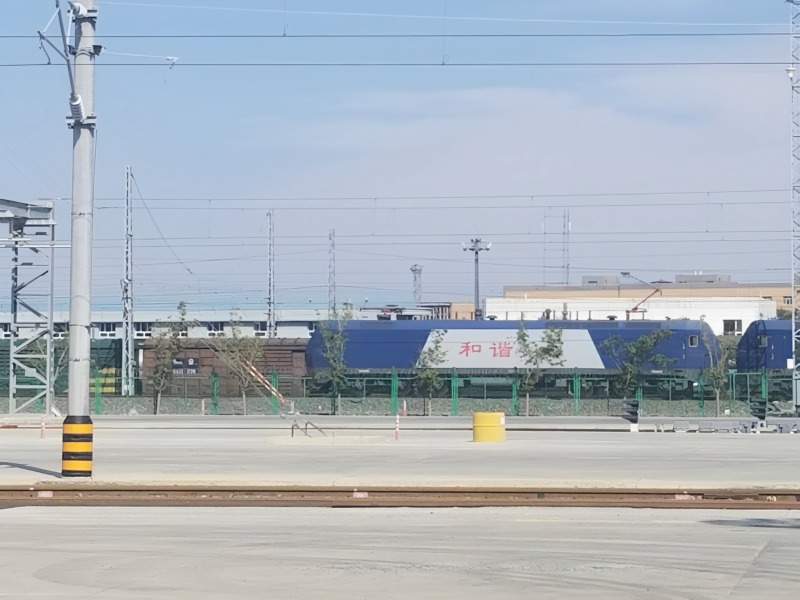A Closer Look at China’s Xinjiang Province
In an era of global connectivity and economic cooperation, the importance of efficient transportation systems cannot be overstated. The railway system has emerged as a critical component of international trade and diplomacy. This is more evident than in the ambitious Belt and Road Initiative, where a robust railway network connects Europe with China, with the Urumqi International Land Port Zone playing a pivotal role.
The Belt and Road Initiative, often called the New Silk Road, represents a grand vision of economic integration. Multiple economic corridors crisscross vast landscapes, linking Europe with Asian neighbors like Mongolia, Kazakhstan, Russia, the Black Sea region, Pakistan, and Uzbekistan. At the heart of this sprawling network lie over a thousand railways that bridge the divide between continents.
One of the cornerstones of this initiative is the enhancement of cargo transport efficiency through land port hubs. Urumqi International Land Port Zone is the linchpin of the China-Europe connection, particularly in the textile and costume trade. With a staggering 77,000 kilometres of railways nationwide, this is where the magic happens. Over 600,000 containers are transported annually, weighing an impressive 10 million tons. Urumqi has genuinely become the transportation hub of Xinjiang province.
But this initiative is more than just transportation; it’s about creating international business hubs. The construction of a road network connecting Europe to China represents a monumental endeavor. Moreover, plans are underway for a dedicated railway route to Italy via the Caspian Sea route, further cementing the significance of Urumqi as a global logistics center.
In tandem with these efforts, a massive EU hub is taking shape, marking a significant milestone in the Belt and Road Initiative. This project is poised to become a landmark on par with the historic Silk Road, with Xinjiang at its center. The province’s role has evolved from a historical crossroads to a central player in China’s economic future.
One of the most tangible benefits of this railway network and the international land port zone is the reduced customs clearance times. Previously, it took up to 24 hours to clear customs, causing delays and inefficiencies. This project has streamlined customs clearance to a mere six hours, facilitating the seamless flow of goods between Europe and China. With unprecedented connectivity, reduced customs clearance times, and the development of international business hubs, this initiative is rekindling the spirit of the ancient Silk Road and forging new pathways to economic prosperity and cooperation.









